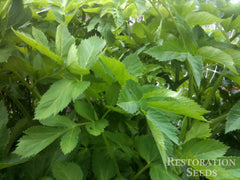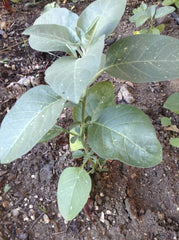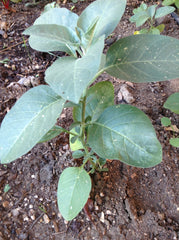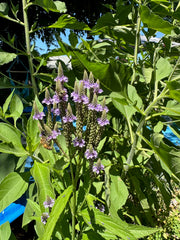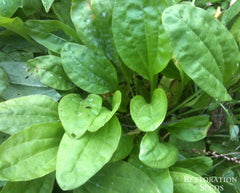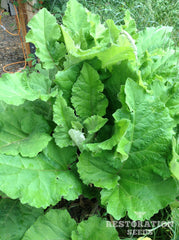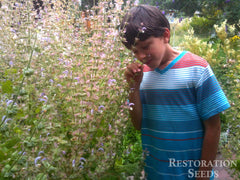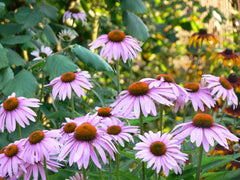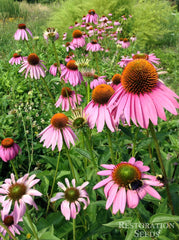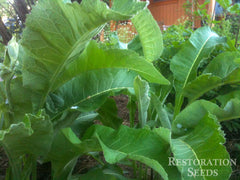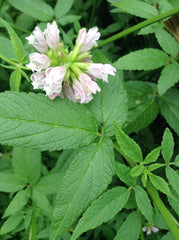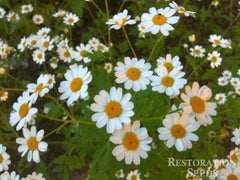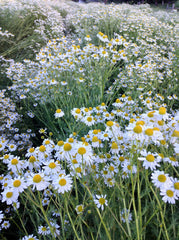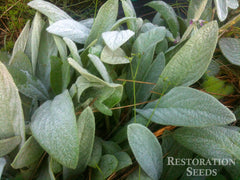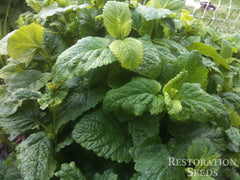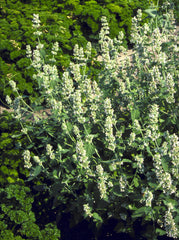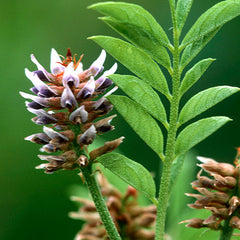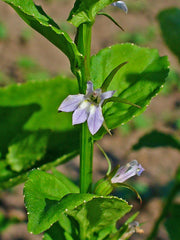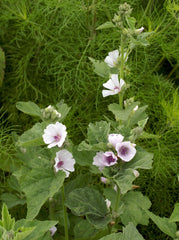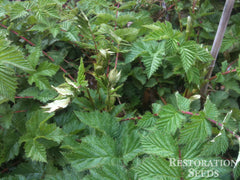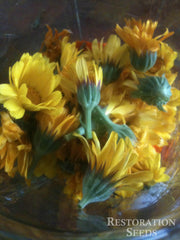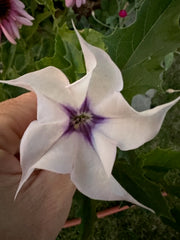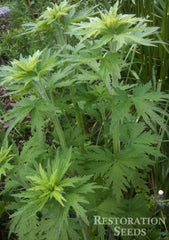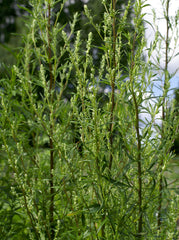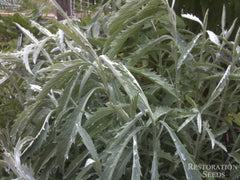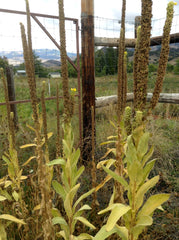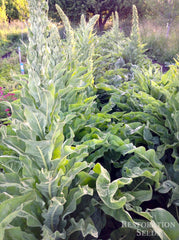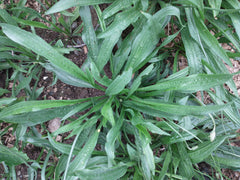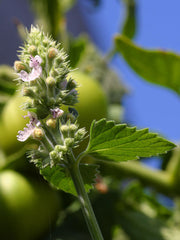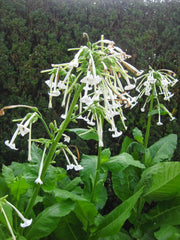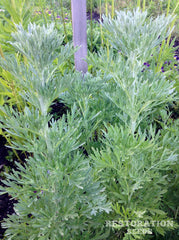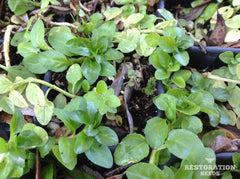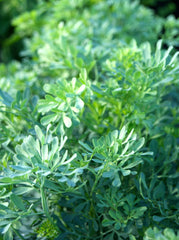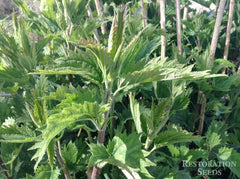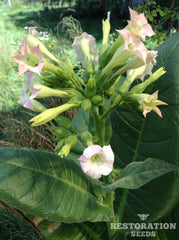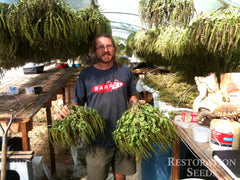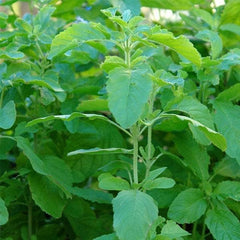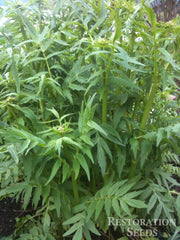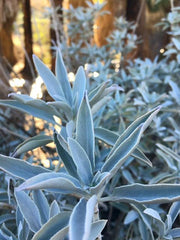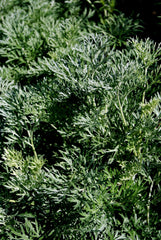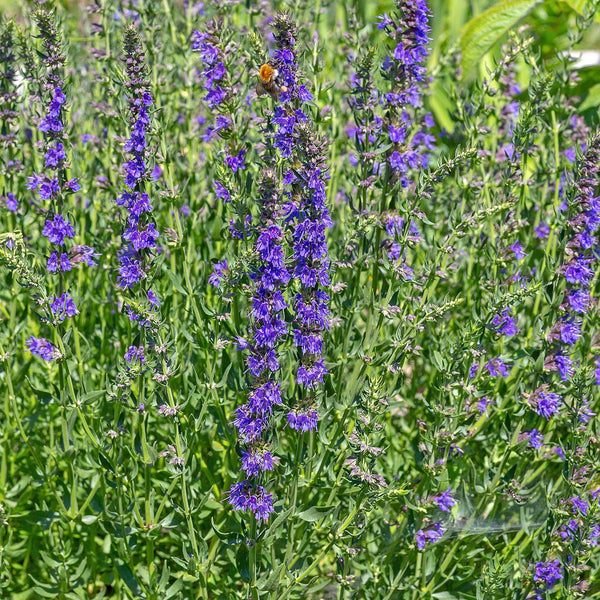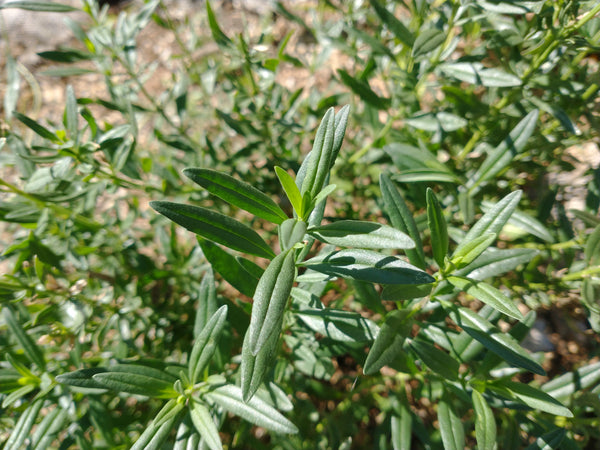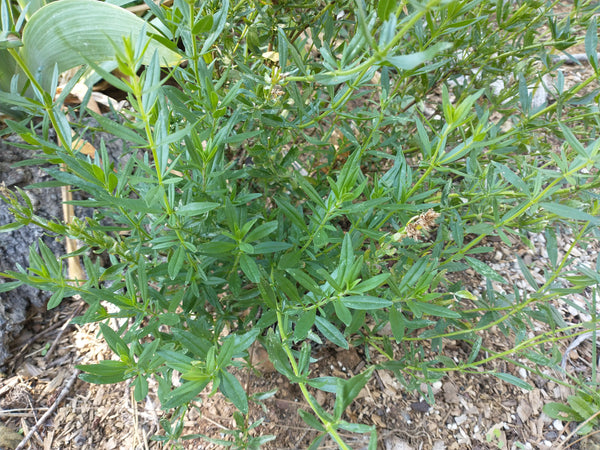Hyssop
Hyssopus officinalis
HOW TO GROW HYSSOP
In the spring 4 weeks before the last frost, direct sow seeds 1/4” deep, one seed per inch in rows 18” apart. Sow in flats up to 10 weeks before the last frost for transplants. Plants will eventually thrive best when given 6-12” spacing. Plants prefer full sun over partial shade, and rich, moist, light soil. Hardiness zones 3-9. Perennial.
Days from maturity calculated from the date of seeding. Average 27,150 seeds per ounce.
Planting Depth 1/4"
Days to Germ. 5-21
Plant Spacing 6-12”
Row Spacing 12”
Days To Maturity 85-90
Full Sun, Moist Well Drained Soil
Days from maturity calculated from the date of seeding. Average 27,150 seeds per ounce.
Planting Depth 1/4"
Days to Germ. 5-21
Plant Spacing 6-12”
Row Spacing 12”
Days To Maturity 85-90
Full Sun, Moist Well Drained Soil
- 100 Seeds$3.90
- 1000 Seeds$18.50
Hyssop is a Mediterranean herb in the mint family that has similar traits to sages and savories. I liken the flavor of the leaves to a nice mix of the spiciness of oregano with hint of the mintiness of sage. The scent of the leaves is very attractive and I have to stop to smell Hyssop every time I pass by!A food as ...
Hyssop is a Mediterranean herb in the mint family that has similar traits to sages and savories. I liken the flavor of the leaves to a nice mix of the spiciness of oregano with hint of the mintiness of sage. The scent of the leaves is very attractive and I have to stop to smell Hyssop every time I pass by!A food as medicine, we enjoy using the flavorful Hyssop leaves alongside other Mediterranean herbs in our pastas, quiches, chilies, stews, soups and more! You can use Hyssop as a replacement for oregano, thyme or savory in any recipe. I also enjoy the leaves in tea when I am starting to feel a cold coming on. The whole aromatic plant can be used in tea medicinally for its anti-viral properties and to soothe coughs. Hyssop will send up many flower stalks each year, each adorned with many beautiful small purple flowers that attract pollinators and humans alike. Once Hyssop starts flowering, it doesn't stop until the season is officially over. In fact we've had it continue flowering after frosts!Allow hyssop to flower or prune the flowers and get more leaves. Like other woody herbs in the mint family, Hyssop can be pruned in any manner of your choosing, even right down to the ground for more lush growth. Or you can choose to let the stems get more woody and prune for a nice round shape.Like other Mediterranean herbs, Hyssop is drought tolerant and acceptable of a wide range of soils, including nutritionally poor soils, as long as it has good drainage and adequate moisture, especially in the first year while getting established. In loamy garden soil, Hyssop will explode with growth and reward your with abundant leaves and blooms. Tags: Season: Summer.
Native to southern and Eastern Europe.
Native to southern and Eastern Europe.
Learn More
Meet Your Farmer
We promote fair trade, organic practices and environmental responsibility throughout the Restoration Seeds supply chain. Below are the family farmers and seed suppliers who bring our open pollinated seeds to you.
Idyllwild
Conventional
Seed grower since 2018
![]()
Idyllwild was born of our joyful curiosity and celebration of nature’s diverse gifts. Following nature’s model of open dispersal and dissemination, we share these seeds with you and invite you to play in the garden of abundance. We learn from nature and she has taught us to live and think in terms of “abundance” instead of “scarcity”. Diversity - in all forms, from genetic to creative expression - is the heart of resilience. We enjoy experimenting with myriads of flavors, colors, and textures and the world opens to us in infinite possibilities. As a result, we are nourished in body, mind, and spirit." medicinal herb Season:
Reviews
